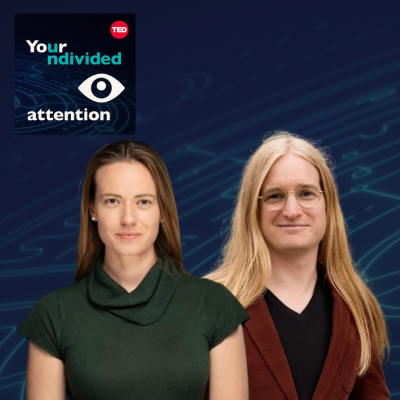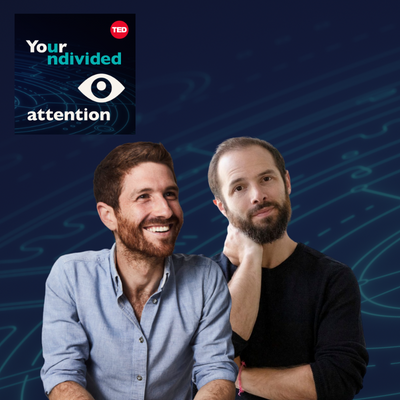Episode 79 | Nov 21, 2023
The Promise and Peril of Open Source AI with Elizabeth Seger and Jeffrey Ladish
As AI development races forward, a fierce debate has emerged over open source AI models. So what does it mean to open-source AI? Are we opening Pandora’s box of catastrophic risks? Or is open-sourcing AI the only way we can democratize its benefits and dilute the power of big tech?
Correction: When discussing the large language model Bloom, Elizabeth said it functions in 26 different languages. Bloom is actually able to generate text in 46 natural languages and 13 programming languages - and more are in the works.
Other recommended reading
Democratizing AI: Multiple Meanings, Goals, and Methods
Numerous parties are calling for “the democratization of AI,” but the phrase is used to refer to various goals, the pursuit of which sometimes conflict. This paper, co-authored by Elizabeth Seger, identifies four kinds of “AI democratization” that are commonly discussed
Open-Sourcing Highly Capable Foundation Models
This report, co-authored by Elizabeth Seger, attempts to clarify open-source terminology and to offer a thorough analysis of risks and benefits from open-sourcing AI
BadLlama: cheaply removing safety fine-tuning from Llama 2-Chat 13B
This paper, co-authored by Jeffrey Ladish, demonstrates that it’s possible to effectively undo the safety fine-tuning from Llama 2-Chat 13B with less than $200 while retaining its general capabilities
Centre for the Governance of AI
Supports governments, technology companies, and other key institutions by producing relevant research and guidance around how to respond to the challenges posed by AI
AI: Futures and Responsibility (AI:FAR)
Aims to shape the long-term impacts of AI in ways that are safe and beneficial for humanity
Palisade Research
Studies the offensive capabilities of AI systems today to better understand the risk of losing control to AI systems forever




